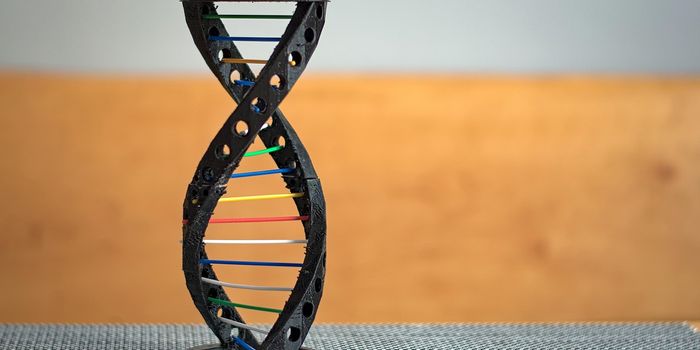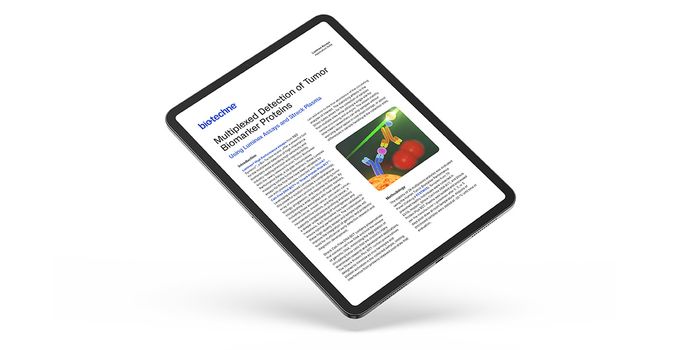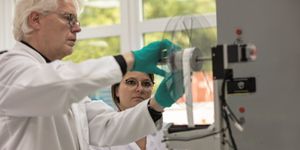For the First Time, Microscopy Catches Antibodies Attacking a Receptor
Using cryo-electron microscopy, researchers captured images of a molecule called an autoantibody as it attached to a receptor on the surface of a nerve cell or neuron. This research may help scientists decipher the mechanism underlying an autoimmune disorder that affects the nervous system. The findings have been reported in Cell.
The immune system of an organism must differentiate between foreign invaders like viruses, bacterial cells, or parasites, and cells that are part of its own body. That basic process can go horribly awry, and when that happens in humans, it may lead to a wide variety of diseases, depending on which cells the immune system attacks. For example, if the immune system targets beta cells in the pancreas, type 1 diabetes arises when those cells, which produce insulin, are lost.
The first autoimmune disease that impacts neurons, by targeting a receptor, was only discovered about 15 years ago, noted Colleen M. Noviello, Ph.D., an Assistant Professor at the University of Texas Southwestern. Since then, other autoimmune diseases of the nervous system have been identified, such as autoimmune encephalitis.
A young autoimmune encephalitis patient was recently identified by clinicians in Germany. At about 8 years old, the individual was diagnosed. In the disorder, an autoantibody was attaching to a receptor that sits at neuronal synapses, where neurons link up and signal to one another. That receptor, GABAA, can inhibit the firing of neurons. It is normally meant to balance signals that come from excitatory receptors, and manage signaling among neurons.
The researchers found that the immune system of the patient was producing two antibodies that could bind to the GABAA receptor. With cryo-electron microscopy, the researchers analyzed the structures of the autoantibody-receptor pairs at the atomic level.
The work showed that the autoantibodies can each prevent GABAA from inhibiting neuronal signaling. This creates overexcited neurons and inflammation in the brain, which causes cell death and seizures that are hallmarks of autoimmune encephalitis.
The researchers noted that it may be possible to diagnose this condition by testing for the presence of these antibodies. Blocking their interaction with GABAA could also be a way to treat the disorder.
Though more research will be needed, the scientists are going to continue to use cryo-EM to study autoimmunity. "We're entering a new era of understanding how autoimmune disease works in the central nervous system," said Noviello.
Sources: University of Texas Southwestern Medical Center, Cell








